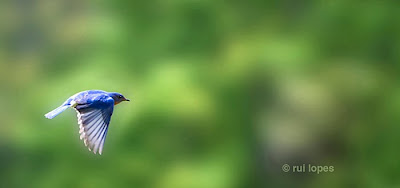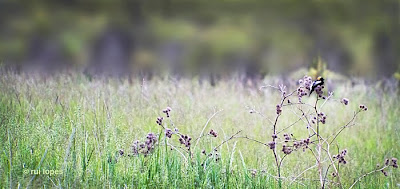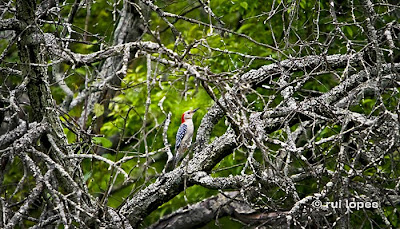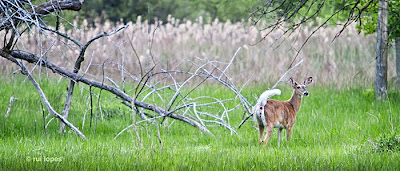Pushing your limits at Bronte

Do I want to become a bird photographer? Not necessarily. This is not so much about a change to my existing photographic genre, as it is with the ability and willingness to push my limits, and step away from my zone of comfort. By doing so, I came to an understanding that these little skittish creatures are very hard to photograph. Evidently, it requires a very different approach, in comparison to any other kind of photography that I have done to date. It’s a matter of fact that I do have a newly gained respect for anyone that has seriously dedicated his or her life to doing this kind of work.
Try to follow these beauties in flight, with a telephoto lens attached to your camera while going for optimal composition, ideal exposure and critical sharpness … my oh my … you know very well where this is going — a lot of (#$%^&) expressive language will become an integral part of your interaction with these beautiful, but little devils :).
A visit to Bronte Creek Provincial Pk., (not very far from where I live) seemed like a good idea for my first test run. A couple of my good friends (Nuno and Carlos Raposo), are into bird watching, they joined the walk, and became a great help in the identification of most specimens. Birds in the park, included red wing blackbird, several kinds of sparrows, eastern bluebird, scarlet tanager, blue jay, cardinal, american gold finch, yellow warbler, pileated and red-bellied woodpecker, red tailed hawk, and turkey vulture. Struck by luck, we witnessed some of the most rare finds, such as the bobolink bird seen here below, the baltimore oriole and the northern yellow shafted flicker.
Things that I’ve learned, during my first attempt to bird photography:
– patience, patience, patience
– camera body that shoots, ideally, at a sequence of 8 frames per second or higher, is a must
– a telephoto lens with a focal range between 400 to 500mm with the widest aperture you can possibly afford
– a monopod with a high quality ball-head
– great knowledge of the habitat where you are shooting and the behaviour of the birds you are trying to approach
– proper identification of their nesting or favourite perching zones — they are creatures of habit, just like all of us
– ideal time of day being morning — when they are mostly visible and active
– use neutral tone clothing, something that kind of blends in — you don’t have to look like a warrior
– being able to move slowly and stay still for a long time — watch your coffee intake for that morning 🙂
– and finally, practice, practice, practice
If you are the type that can not conform with some of the above requirements, especially the patience aspect of it, then you know this kind of photography is literally for the birds! 🙂
As much as you should push your limits, it is just as important to know your limits. The bobolink photo above, and the one just below are pretty good examples of how to deal with eminent problems.
After a few exposures, I knew I could not get as close to my subjects as I wanted to — my technique still needed much improvement and my ‘glass’ was not as powerful as it could’ve been. I decided to pay attention in particular to their habitat and make it an integral part of my image. I believe that I achieved this purpose, and I’m glad that despite my short falls, I came home with something worth keeping. And just to put things into perspective, I shot a total of about 400 images — most of them ended up in my waste basket. I have a long way to go!
For the entire day I only used the Canon 7D, coupled with the 70-200mm f2.8 IS USM lens and a 1.4 x Canon extender. It offered an effective telephoto range of approximately 450mm (448mm). A good range but, for the most part, I was still far from the subject. Keep in mind that some of the images were cropped tighter in post processing.
Wildlife in the park includes anything from the small species of mammals common to Southern Ontario, to larger breeds like, white-tailed deer, red fox, coyote and raccoon. Towards the end of the afternoon, as you can see, I had no problem spotting some white-tailed deer. The B&W photo rendition brings simplicity into the image, and emphasizes considerably the intense stare of these females. This technique introduces a sketchy feel, a resemblance of an artist’s drawing — a style I’m very much fond of.
I had a good time with my friends Nuno & Carlos, they just rock with their knowledge, and I’ve learned a ton about birds. This is quite a good place to take your family to, as there is a lot for everyone to do and see (a small petting zoo, play barn, swimming, camping, cycling, etc.). Here is the link again for Bronte Creek, but keep in mind that if you go there to photograph wildlife, you might want to consider visiting the park on weekdays and/or off-season, as it will be far less busy.
A good look at the peacock, and I’m sure you will agree it makes a hell of a difference, if what you are trying to shoot, is not in a big hurry to go anywhere :).









How in the world did you catch this amazing shot? How long did it take you before the bird displayed its feathers?
Awsome shot! Very Magestic!
Actually, Teresinha, this image was a lot easier to take than any other within this post. The 'bird' stayed put and after waiting for about 5 minutes, I was rewarded with this intense display of colour. I decided to go for a head shot, as it seemed to be a bit more unusual.